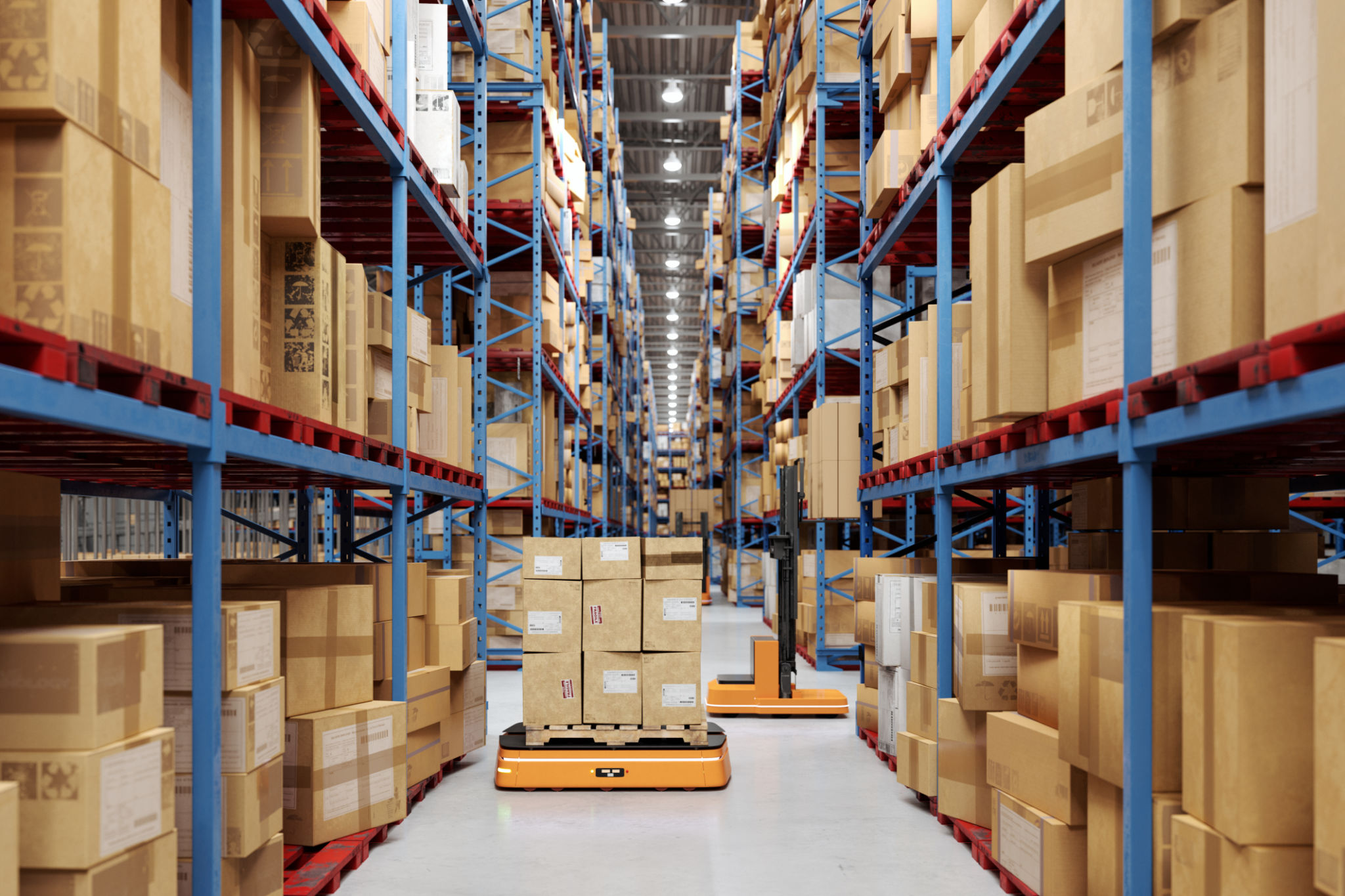The Future of Smart Factories: Trends and Technologies to Watch
Understanding Smart Factories
Smart factories represent the next phase in the industrial revolution, integrating advanced technologies such as the Internet of Things (IoT), artificial intelligence (AI), and robotics to create a highly connected and efficient manufacturing environment. These innovations allow for real-time monitoring, predictive maintenance, and streamlined operations, ultimately leading to reduced costs and improved product quality.
One of the key features of smart factories is their ability to adapt and evolve through the use of data-driven insights. This adaptability ensures that production lines are optimized for efficiency and can quickly respond to changes in demand or unexpected disruptions.

Key Technologies Driving Smart Factories
Internet of Things (IoT)
The IoT is at the forefront of smart factory innovation. By connecting machinery, sensors, and systems, the IoT enables seamless communication and data exchange across the entire production process. This connectivity allows for real-time tracking of equipment performance, enhancing decision-making and reducing downtime.
Artificial Intelligence and Machine Learning
AI and machine learning are instrumental in analyzing large volumes of data generated by smart factories. These technologies enable predictive maintenance by identifying patterns and anomalies that could indicate potential failures. Consequently, AI-driven insights lead to more informed decisions and continuous improvements in manufacturing processes.

Emerging Trends in Smart Manufacturing
Increased Use of Robotics
Robotics continues to play a significant role in smart factories, with advancements in automation technologies enabling robots to perform complex tasks with greater precision and efficiency. Collaborative robots, or cobots, are becoming more prevalent, working alongside human workers to enhance productivity and safety.
Digital Twins
The concept of digital twins is gaining traction in the realm of smart factories. By creating virtual replicas of physical assets, manufacturers can simulate processes, predict outcomes, and optimize operations without impacting real-world production. Digital twins offer a powerful tool for testing new strategies and refining existing workflows.

The Role of Data Analytics
Data analytics is a cornerstone of smart factory operations. By harnessing the power of big data, manufacturers can gain valuable insights into every aspect of their production lines. This data-driven approach facilitates continuous improvement, allowing companies to fine-tune processes for maximum efficiency and minimal waste.
Advanced analytics tools can also help manufacturers identify trends and patterns that inform strategic decisions, from supply chain management to product development.
The Future Outlook
The future of smart factories is promising, with ongoing advancements in technology set to revolutionize manufacturing further. As connectivity improves and data analysis becomes more sophisticated, smart factories will continue to evolve, delivering greater efficiency, sustainability, and flexibility.
Ultimately, businesses that embrace these innovations will be well-positioned to thrive in an increasingly competitive global marketplace. By staying abreast of emerging trends and technologies, manufacturers can ensure they remain at the cutting edge of industry 4.0.
